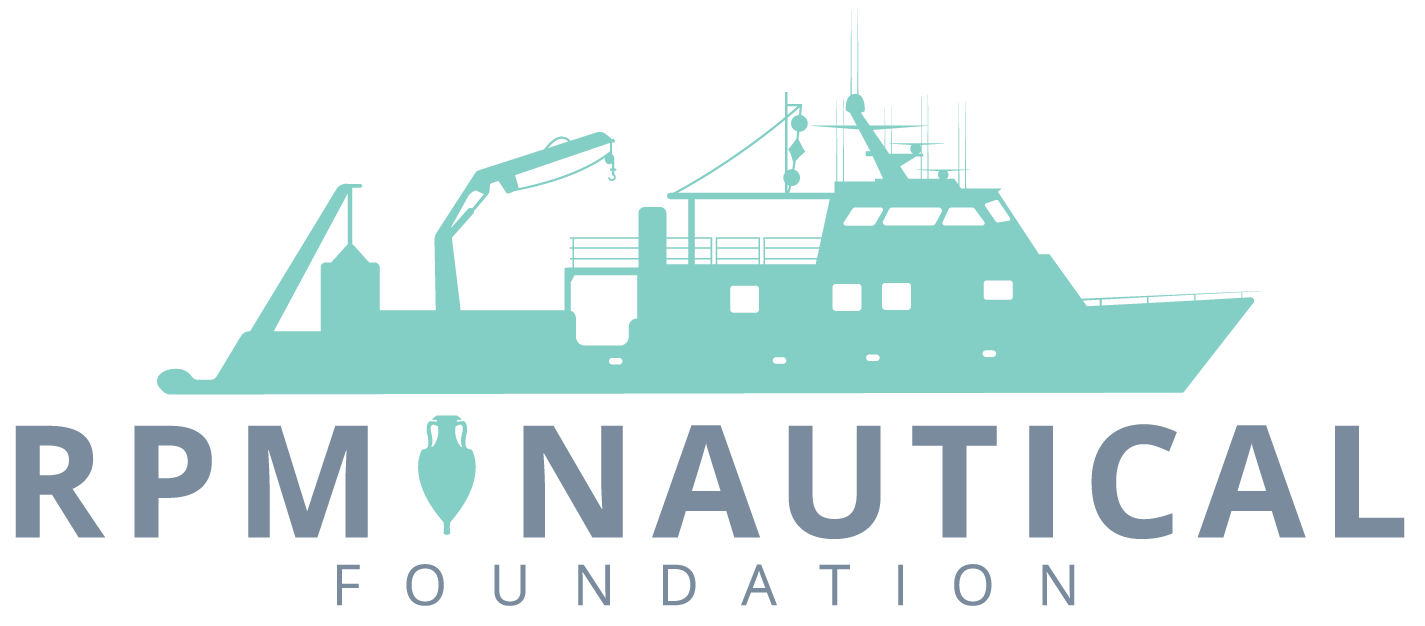Their Implications for Maritime History in the Eastern Mediterranean
Abstract: This paper summarises findings from three recently investigated Renaissance wrecks in deepwater discovered in the Straits of Rhodes and interprets them in the context of that fast-changing world. Taken together, these vessels of different type provide insight into the maritime infrastructure of European mercantile trade and political relations of the time, as well as the armament used during this contentious era.
Good friend, a storm is in fact a wind and thus it blows. But it is very strong, sometimes abnormally so. Rain storms are also known to have very strong gales. As the waves strike, the sea rises without limit. Those seeing this are amazed. Their vessels shake awesomely. Listen now while I tell you what they can do. They are driven where they would not go and God knows what things will happen there. They may sink at sea or be driven onto rocks. Lord deliver them from such a fate! Piri Reis, Kitab-ı Bahriye, v. 1, p. 71
Introduction
In 2005 and 2006, with the collaboration of the Turkish Ministry of Culture and Tourism and the Department of Underwater Archaeology, RPM Nautical Foundation conducted a deepwater survey for shipwrecks in the Straits of Rhodes (Fig. 1). That survey located 14 wreck sites, 3 of which date to the Renaissance period, roughly 1450–1600 (Royal 2006, 2008a). Given the weapons found at each site, all three vessels were likely prepared for combat. In another study, we address the coastal geography of the region and the visible assemblage of each site (Royal and McManamon 2010). Here we propose to expand our analysis and examine each of the three vessels against the background of maritime history. In terms of strategy at sea, these finds are important because, by the fifteenth century, Europeans had begun to appreciate the effectiveness of guns on vessels, technically known as ordnance. Once placed on ships, early wrought-iron guns were primarily employed as anti-personnel weapons. Advances in manufacturing gradually led to increased reliability and range for the guns. As shipwrights mastered the technology of gun ports and the laws of stability, they built vessels capable of carrying enough guns to capture or sink enemy vessels (Guilmartin 1994; Parker 1996; Rodger 1996; DeVries 1998; Glete 2000, pp. 17–39). The dramatic foundering of Vasa approximately 1,500 m into its maiden voyage in August of 1628 illustrates the complicated relationship between form stability (shaping and reinforcing the hull) and weight stability (positioning the guns and ballasting the hull) (Hocker 2006). By summarising the visible components of each vessel’s assemblage, describing the interaction between vessel type and armament, and situating the three wrecks in their maritime historical context, we better understand patrolling by oared warships, tramping by small coasters, and trading by merchantmen from north western Europe. The rapid growth of corsairs early in the sixteenth century made Rhodes the ‘‘epicenter’’ of a naval struggle pitting Christian against Ottoman forces (Tenenti 1960, p. 263). The growing presence of English vessels in the eastern Mediterranean late in the same century added a new motive for conflict, as northern Europe undermined the domination of trade by Italian maritime cities.


 Corinthian Shipwrecks
Corinthian Shipwrecks